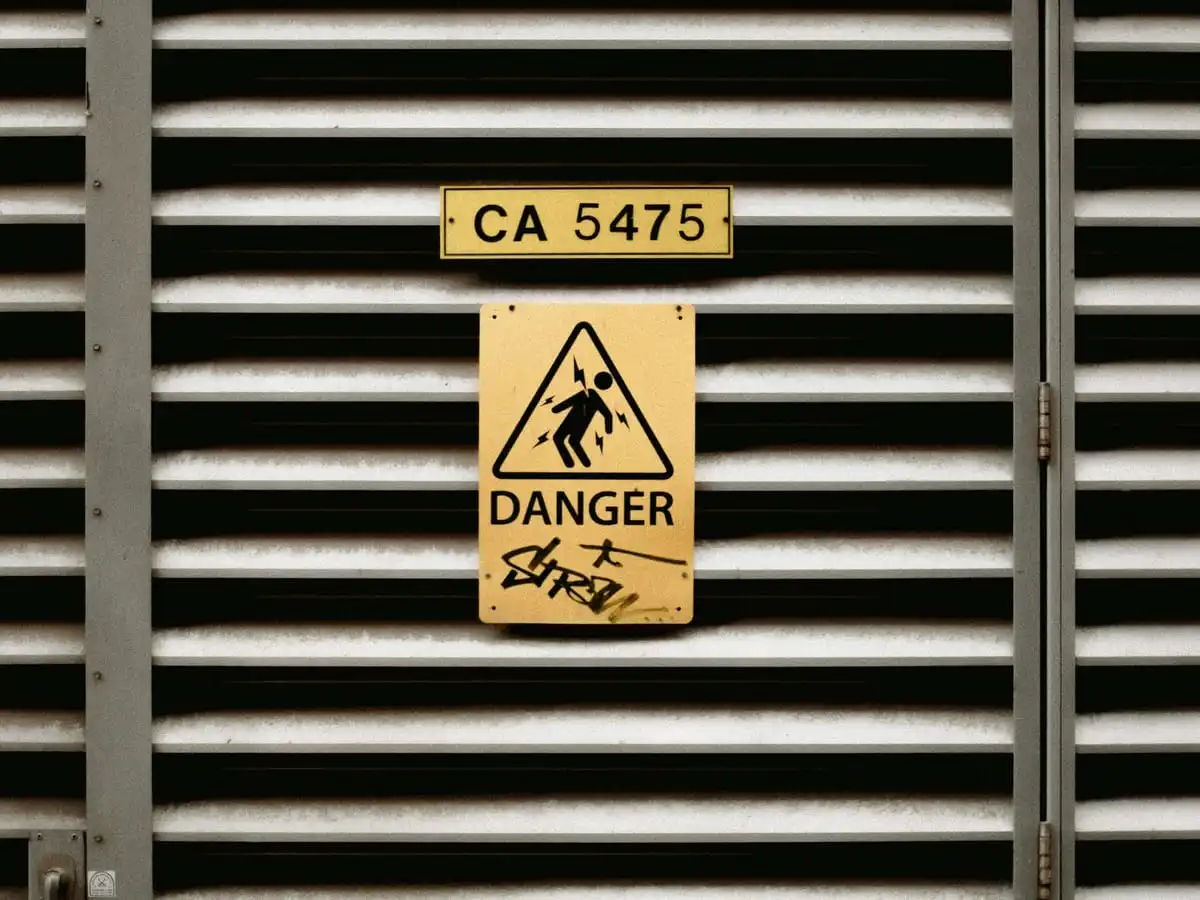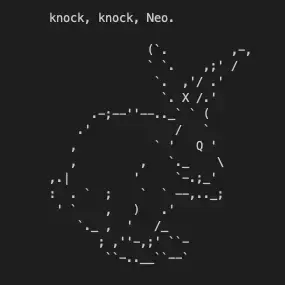Static credentials with passwords written into a firewall’s code. What could go wrong?
This is a good example of why a zero trust network architecture is important. This attack would require the attacker to be able to SSH to the management interface of the device. Done right, that interface will be on a VLAN which has very limited access (e.g. specific IPs or a jumphost). While that isn’t an impossible hurdle for an attacker to overcome, it’s significantly harder than just popping any box on the network. People make mistakes all the time, and someone on your network is going to fall for a phishing attack or malicious redirect or any number of things. Having that extra layer, before they pop the firewall, gives defenders that much more time to notice, find and evict the attacker.
Also, Whiskey, Tango, Foxtrot Cisco?
That layered security should not be assumed though, thus the issue with hard coded passwords on a firewall. I’d understand for a downstream managed switch. Not a firewall though…bad form and lazy implementation. In my opinion.
Ya, absolutely. My point was that, we shouldn’t assume that vendors are doing things right all the time. So, it’s important to have those layered defense, because vendors do stupid stuff like this.
To be fair you need physical access
Where does it say that?
Right in the Security Advisoryallow an unauthenticated, local attacker to access an affected system using static credentials.
Edit: NVM, later it says
The second is using SSH, which is enabled by default on the management interface of the device.
That could be any user logged into the CLI. Cisco is famously a network appliance company and they make admin available over the network. Anyone who can get to the LAN/VLAN these appliances are on can exploit this. So not specifically physical access.
You are right:
The second is using SSH, which is enabled by default on the management interface of the device. SSH can also be enabled on data interfaces.
Holy fuck.
Yup, that’s Cisco alright
You are right:
You should have gone with “correct”.
Is that needed or useful criticism?HA! I totally missed the joke. Well played.
I think it’s more a reference to your username than actual criticism.
Management interface is only available locally
The management interface can 100% be put on LAN and often is.
Okay sure then you’re asking for trouble. You could also configure the word password as your password.
The management interface is only available with physical access
Nothing prevents you from putting this on a LAN that can be accessed from over the internet.
Even if it’s not directly accessible from the internet on its own, if it’s accessible from an host exposed to the internet then anyone that can compromise a single host can immediately compromise the firewall.
“It’s only exposed to the outdated wordpress server” is effectively the same as being exposed to the internet.
Yeah that’s my point. Even if the manufacturer actually limits the IP config on the mgmt interface to be configured as not routable over the internet, it could intentionally be on a subnet accessible by some kind of ssh jump server or bastion host. (Or in your example, maybe unintentionally via the Wordpress server.)
Nothing prevents you from making it remotely accessible with the password “password” either
Glad I just finished moving my rack over to mikrotik…
First thought I had was oil. I was like how do you put passwords on oil products?
Sounds like a storage medium to add to the Hard drives we don’t want or need list.





